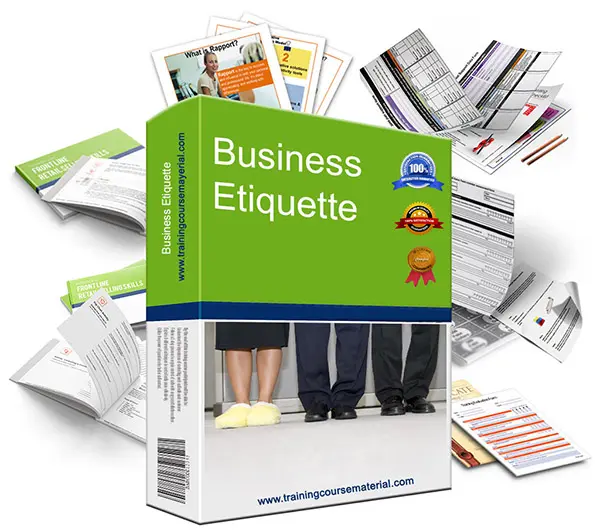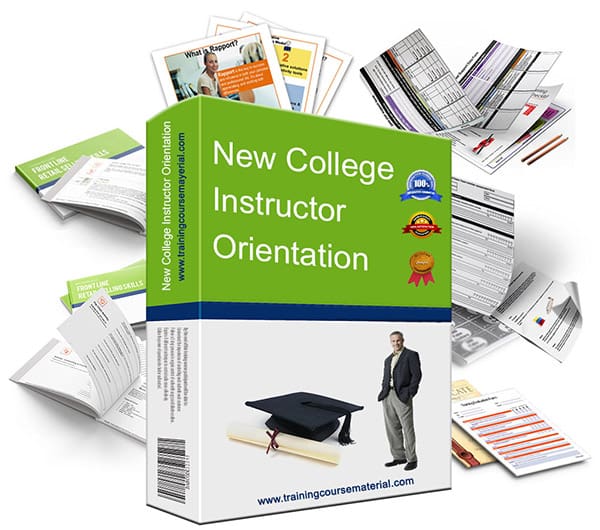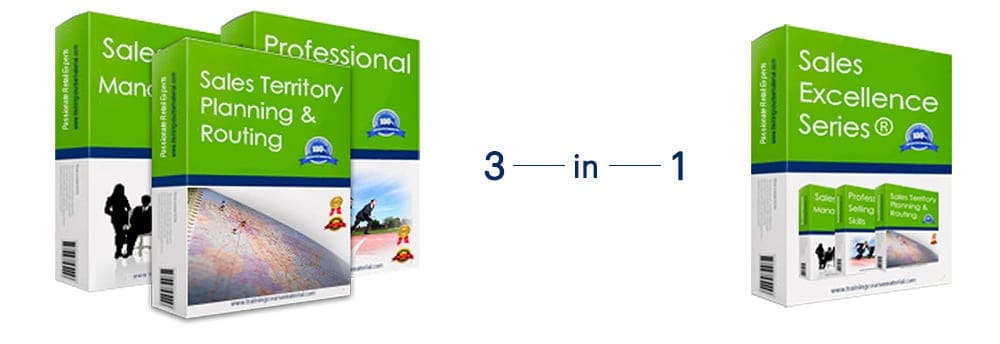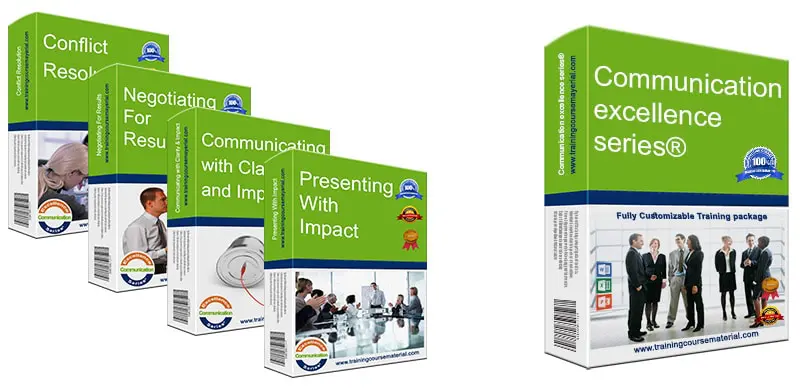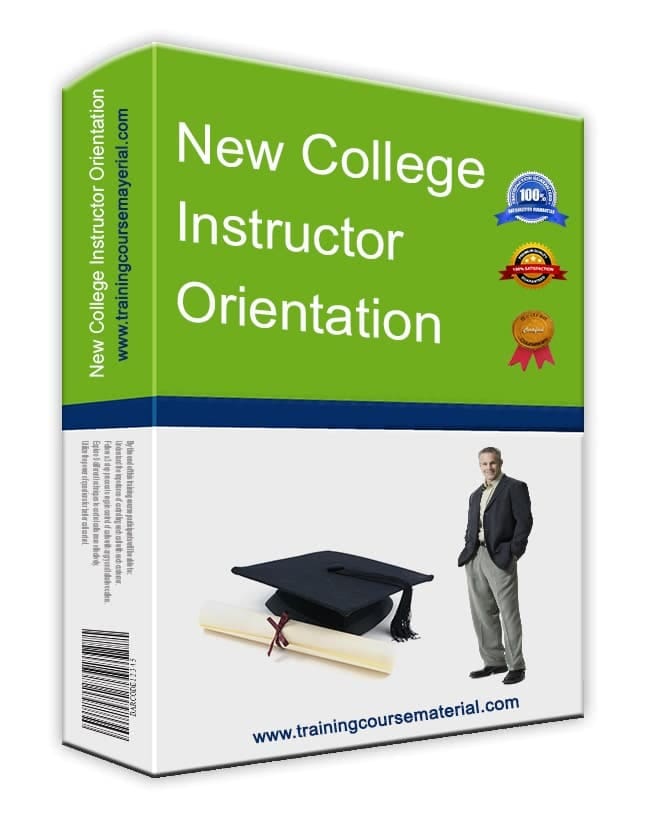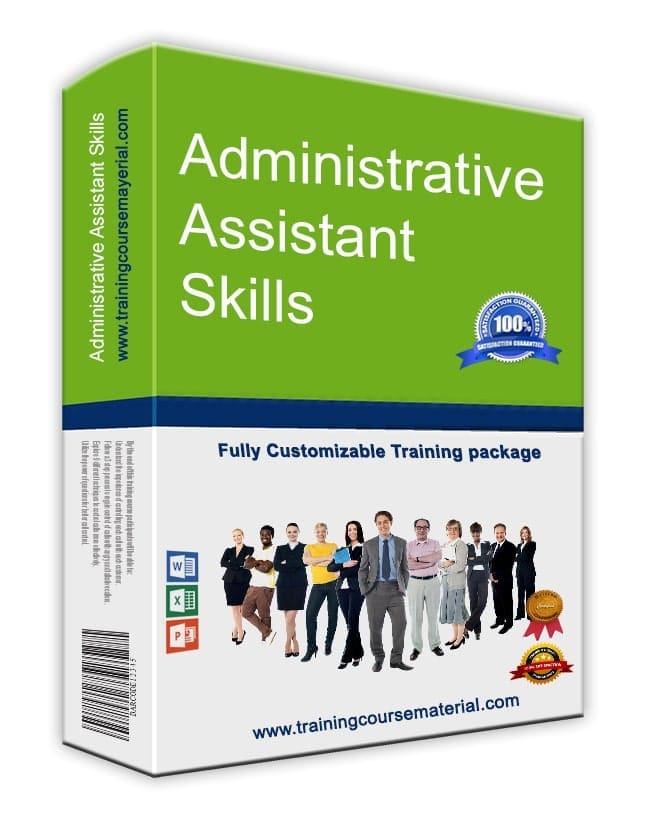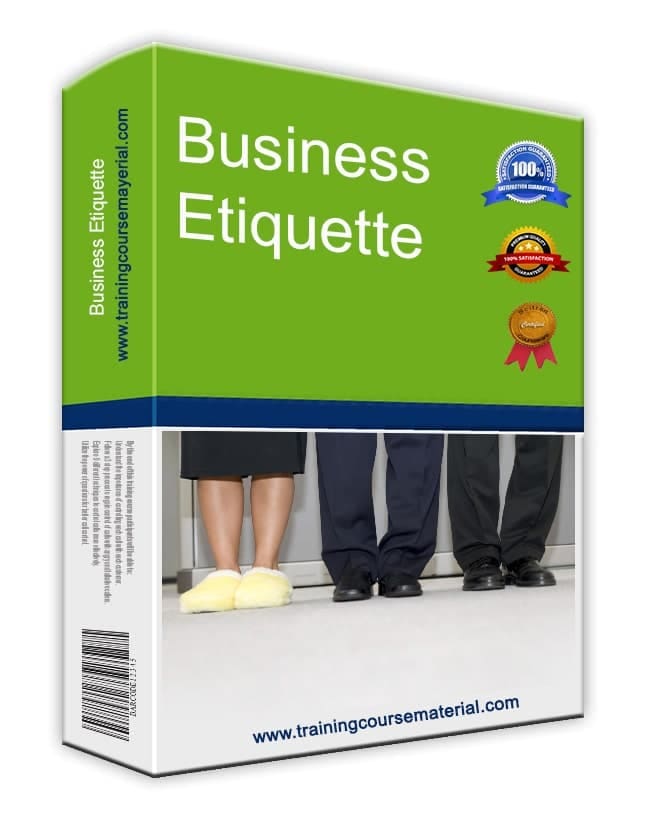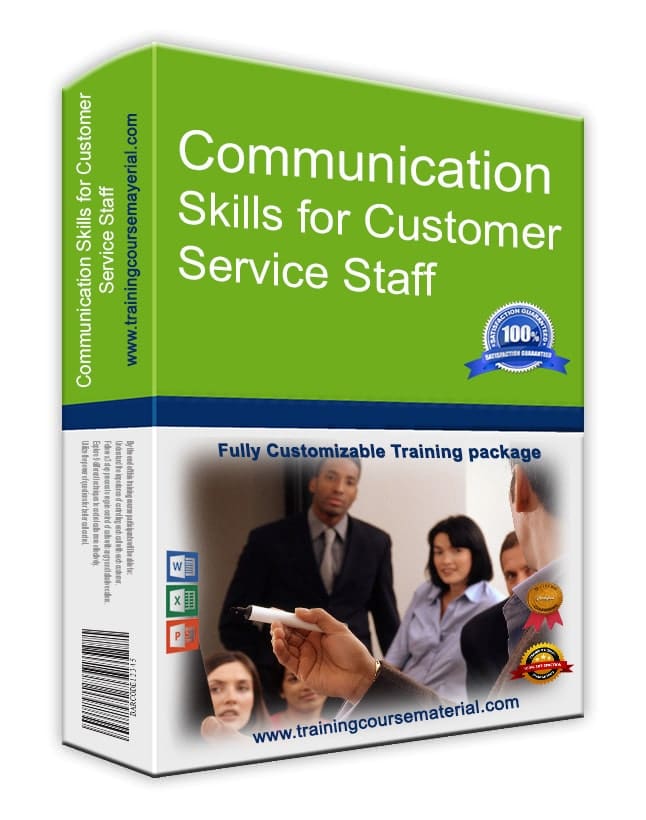Proper Business Introductions: Etiquette That Builds Respect
Make a confident first impression with clients, colleagues, and partners using simple, professional etiquette.
Written by TrainingCourseMaterial.com – trusted by over 5,000 corporate trainers worldwide.
Why First Impressions Matter
Introductions can set the tone for an entire business relationship. A weak start—awkward handshake, poor etiquette, or confusion about names—can create doubt or discomfort. But a professional introduction builds trust, signals confidence, and sets you apart. According to a Harvard Business Review article, people form opinions about trustworthiness and competence within milliseconds of meeting someone.
Making a Strong First Impression
- Maintain eye contact. It shows you’re present and engaged.
- Use clear, formal language—skip the casual slang.
- Be prepared with business cards or relevant materials.
- Know who should be introduced first—usually the most senior or the person least familiar to you.
Real-world example: During a trade event, introducing a junior colleague to a senior executive first established professionalism and helped open a follow-up conversation about future collaboration.
The Professional Handshake
Your handshake communicates more than words. Here's how to get it right:
- Go web-to-web with thumbs pointed up.
- Shake twice in a vertical motion—no pumping or clutching.
- Hold for 2–3 seconds, then release cleanly.
- In unusual situations, take the other person’s lead.
When Things Go Wrong
Everyone stumbles. If you forget a name, mispronounce something, or slip up in front of others—recover gracefully. Acknowledge the mistake, apologize briefly, and move on. Humor, humility, and poise will serve you better than awkward silence or over-apologizing.
Handling Forgotten Names
Never ask bluntly, “Who are you?” Instead, try:
- “Remind me what you’ve been working on lately…”
- “Catch me up—when did we last speak?”
These prompts may jog your memory or lead naturally back to their name.
Tips for Remembering Names
- Repeat the person’s name during conversation.
- Associate the name with a visual cue (e.g., “Sophie—always sipping coffee”).
- Introduce them to someone else—it reinforces the name aloud.
- Jot names down discreetly if possible.
- Listen actively—names often come with context.
Unless invited, avoid using first names too casually. Let the other person set the tone.
Exchanging Business Cards
Present one card at a time. Follow the lead of a more senior person—don’t request their card unless they offer it first. In a group, if you weren’t introduced, step forward and introduce yourself. It’s both polite and expected.
Introduction Order: Who Comes First?
- Junior to Senior: Always introduce the less senior person to the more senior one.
- Equal Rank: Introduce the outsider to the person in your company.
- Younger to Older: Use the older person’s name first.
- Peer to Official: Name the official first.
- Executive to Client: The client comes first.
Good Manners Over Precision
If you’re ever unsure of the exact etiquette, prioritize warmth, clarity, and respect. Your goal is to put everyone at ease—not show off your etiquette knowledge. Professionalism is as much about emotional intelligence as it is about knowing rules.
Frequently Asked Questions
Who should attend business etiquette training?
Anyone representing your organization—sales staff, managers, new hires, or executives—can benefit from mastering professional etiquette skills.
Is this training only for formal business settings?
No. These principles apply to both formal and informal professional encounters, including networking, client onboarding, team meetings, and virtual introductions.
Can the training be customized for my organization?
Yes. If you're using the Business Etiquette Training Material Package, all content is editable and can be adapted to your industry or team culture.





